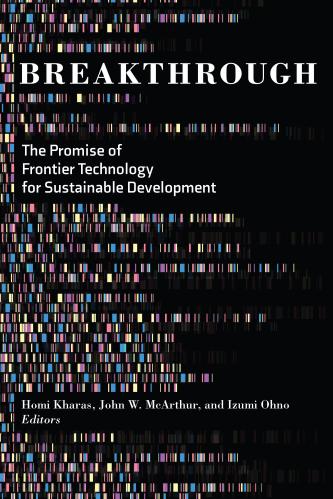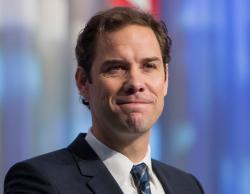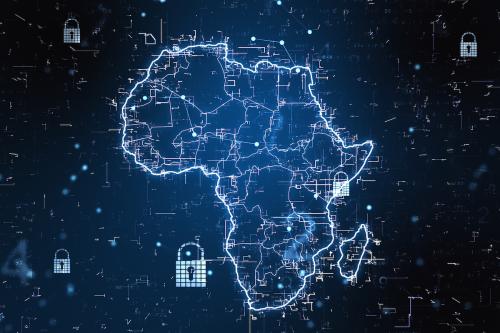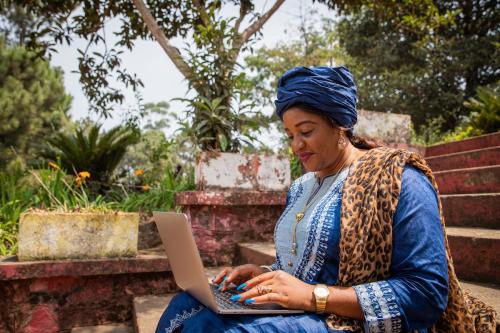What breakthrough technologies have the potential soon to affect the human condition at a substantial scale, with special emphasis on the economic, social, and environmental challenges affecting the world’s poorest people? This is a question we tackled together over the past couple of years, through an edited volume that brings together the perspectives of more than a dozen remarkable contributors, from science, business, civil society, and policy worlds.
The final product, released last month as a collaboration between the Center for Sustainable Development at Brookings and the JICA Ogata Research Institute, was guided by a simple challenge to our authors: Given where we stand today with respect to technology and technological progress, what would success look like—defined as a material global impact on one or more of the Sustainable Development Goals by 2030? How could we achieve a nonlinear breakthrough? What are the main challenges and what can be done to get real impact?
We asked about what could happen rather than about would happen. And we organized the contributions into scientific advances, new applications, and systems change. According to our experts, the world in 2030 could be very different. As we outline in the overview, the chapters describe how the world could:
- Anticipate and mitigate pandemics originating in any country (by Yolanda Botti-Lodovico and Pardis Sabeti)
- Make fertilizers from microbes rather than fossil fuels, and grow leather from mushrooms (by Zachary Bogue)
- Deploy solar power that is too cheap even to meter, at least at some times of the day (by Vijay Modi)
- Create interspecies money, meaning artificial intelligence-guided digital currency serving the needs of nonhumans, as a tool for conserving nature (by Jonathan Ledgard).
- Deploy artificial intelligence-driven tools to transform (and predict need for) the response to natural and man-made crises (by Tarek Ghani and Grant Gordon)
- Link millions of smallholder farmers directly with technology platforms and market information (by Lesly Goh)
- Use satellites to detect and control illegal deforestation in real time, creating new incentives toward forest preservation (by Hiroaki Okonogi, Eiji Yamada, and Takahiro Morita)
- Move “smart cities” from slogan to reality, underpinned by ethical data governance (by Tomoyuki Naito).
- Have safe, universal access to open-source digital payment networks that reduce economic transactions costs, expand access to public services, inhibit government corruption, and even promote the integrity of elections (by Tomicah Tilleman).
- Rethink public entrepreneurship, from social entrepreneurs who foster connections within systems to “transmediaries” who reshape entire networks of relationships across systems (by Bright Simons).
- Incentivize new approaches to supporting innovation, taking smart risks, and sharing technology (by Ann Mei Chang).
If these technologies do take off, the collective change would be extraordinary. An excerpt from our overview paints the picture:
Imagine a world in which a daily home coronavirus test is as common and easy as brushing your teeth. A world in which, while on a lunch break, you can look at your phone to check on the real-time wanderings of a family of giraffes in the African savannah. Sitting on a bench outside your office, you take a refreshingly clean and deep breath, proud that your city’s cloud computing system has enabled a stark decline in local particulate emissions, curtailing the asthma that affected you so much as a child. You dip into your digital wallet to send money to the mother giraffe’s own virtual bank account, excited because you know the resources will support local conservation efforts targeted directly at the mother’s preferences, as revealed through the local artificial intelligence (AI)–backed animal tracking systems.
For dinner, you order a delicious plant-based hamburger, one of many varieties that took over the fast-food market once traditional beef became too expensive—due partly to the cattle farmers who kept illegally expanding into tropical forests until eye-in-the-sky technology made the costs of doing so prohibitive. The burger ingredients happen to include rice grown by an enterprising farmer in Borno, the northeastern-most state in Nigeria. She recently started using low-cost solar panels to power her farm’s irrigation pumps, paired with digitally verified high-yield seeds—ending a long battle against counterfeits—and some fertilizer-replacing microbes she used to increase the organic nutrients in her soil. All of this helped her annual crop output jump tenfold over the past few years. The huge productivity boost enabled her to start exporting to global markets through a new online agribusiness aggregator platform that provides all the services and technical assistance she needs to reach customers anywhere in the world.
Unbeknown to you as you chomp on your juicy burger, the rice farmer is only still in business thanks to the United Nations’ AI-based disaster preparedness system. The previous year, the UN had worked with Agrotrack, Nigeria’s trusted local multi-stakeholder data connector, to send the farmer an emergency text message, giving her a seventy-two-hour warning of the flood coming to her village. This allowed her to safeguard her farm equipment. Thanks to the national digital ID platform and integrated financial system, the farmer’s family received an anticipatory digital cash transfer to buy emergency supplies prior to the flood. Borno’s local safety net program had been set up in record time thanks to its open-source software and a design-for-scale approach.
We are acutely aware (and Ann Mei Chang’s chapter underscores) that every technology brings its own risks and does not solve problems on its own. Humility is essential, especially when considering the human challenges of aligning technology with the diverse preferences of society. The book does not guarantee success or progress. But in imagining what is possible, we believe a reader can glimpse important insights on what a future of sustainable development could look like.
Brookings Press has made each chapter of the “Breakthrough” book freely available as a PDF download. We invite you to browse the contents using the hyperlinks in the text above. There’ll be something new and exciting for anyone following the challenges of global sustainable development.







Commentary
Breakthrough: The promise of frontier technologies for sustainable development
January 18, 2022